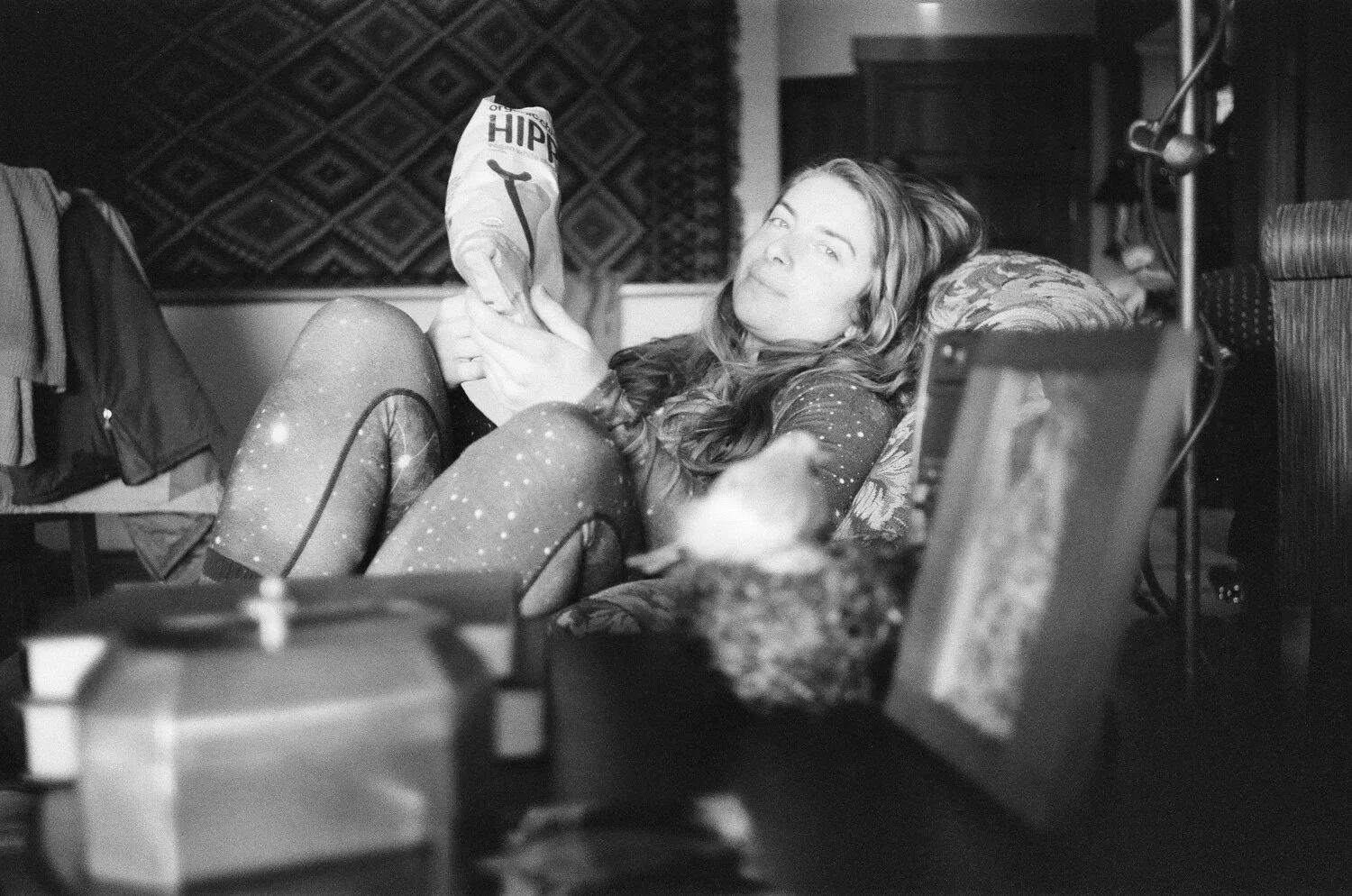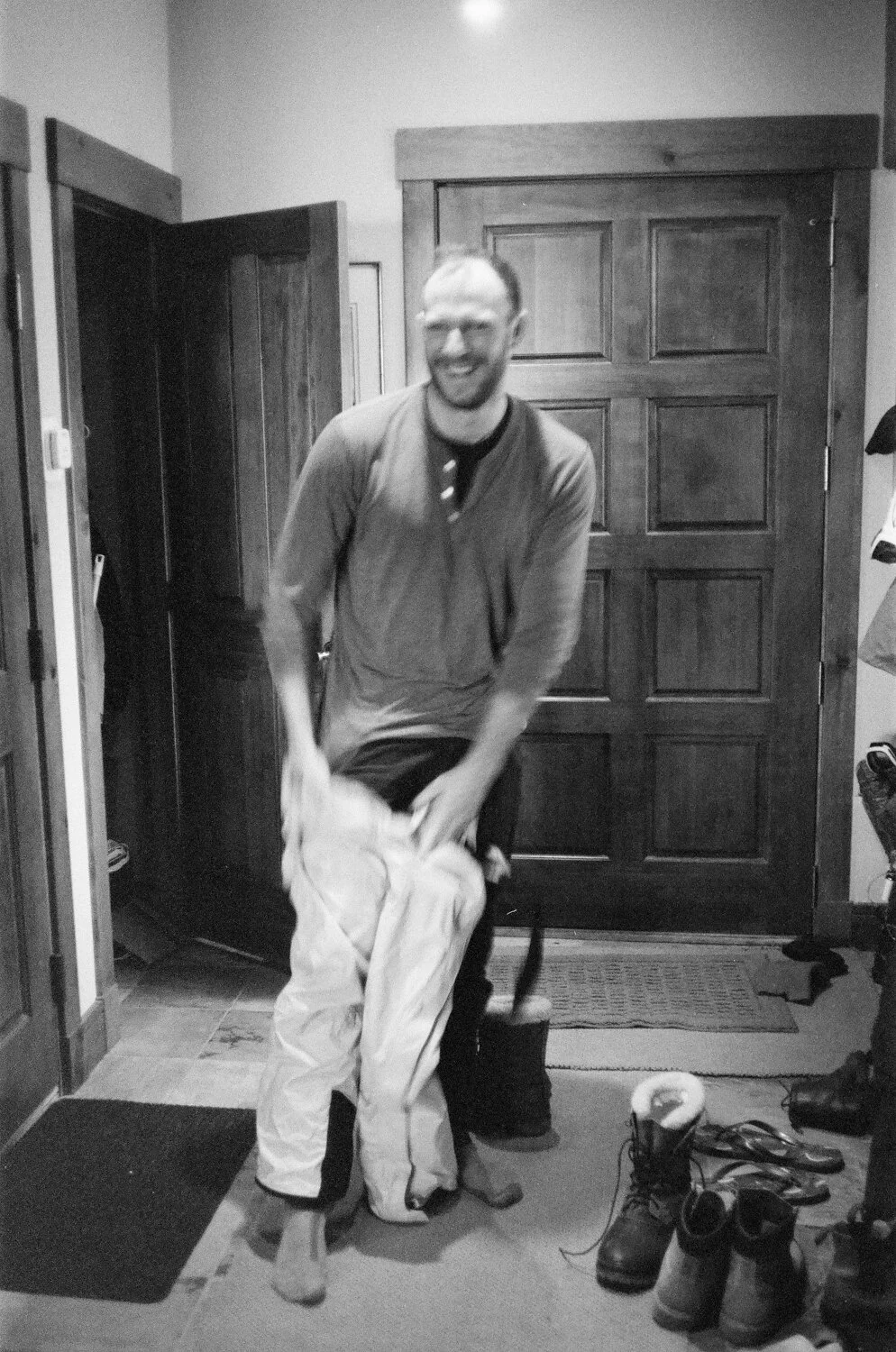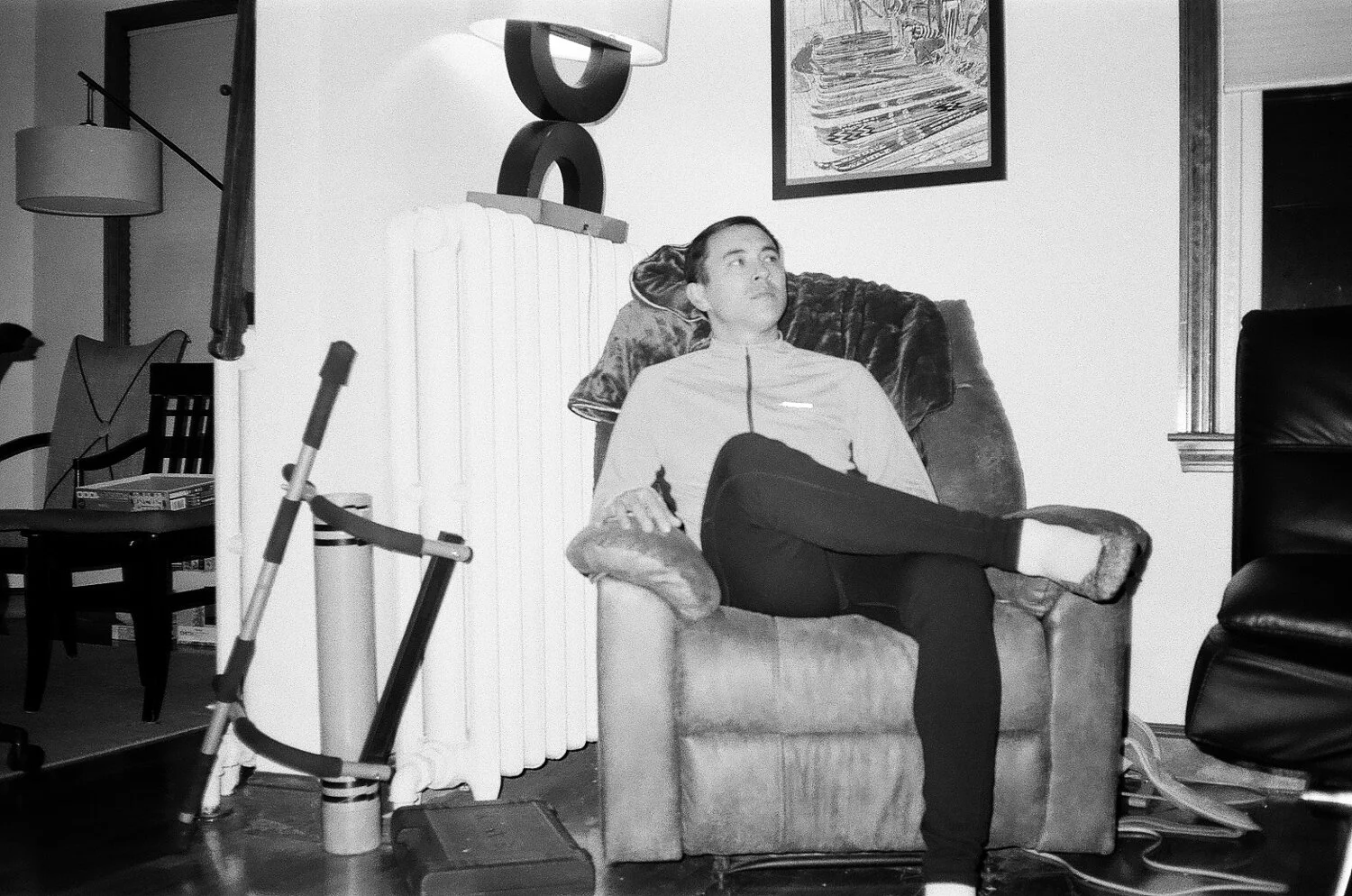Merry Christmas everyone! This holy morning I went down a rabbit hole on the state of reindeer in the world. How are they doing?
Here's your TLDR:
A. Terribly. The number of reindeer in the world has declined about 56 percent in the past 20 years. There's one great herd in Alaska that seems to be doing fine and another in Russia, but the rest of the 23 major reindeer herds are getting wrecked. [1] There's 5 herds in Alaska-Canada that have declined 90% and are expected to collapse. [2]
B. Is this bad? Yeah! Reindeer are beautiful and they deserve to live. Also a lot of humans rely on them for food and have a deep cultural relationship to them. This is very unfair. [3] [4] [5] Imagine if we took away all your favorite holidays and made you eat junk food and kicked you out of your house and told you you were.. I digress. You get the idea. Colonialism *sucks* and we should end it immediately.
C. How do we know they're declining? It's actually pretty cool. Scientists get in planes and take photographs of the reindeer in mid-summer. Anyone familiar with arctic insects? Yeah, reindeer don't like them either. In the middle of summer they all huddle together so they get bitten less. Poor reindeer. Anyway, it makes it way easier to count them when they all get together for a group photo. [6]
D. Reindeer also scrunch together at calving grounds, where all the cows (i.e. females) raise their babies, then the scientists extrapolate and multiply that by the sex ratio of the herd to estimate its total size. [7] If anyone is interested, this counting could be a valuable machine-learning project, helping monitor reindeer populations and reduce labor costs for strapped researchers. Hit me up if you're interested!
E. Why are the reindeer dying? Mostly habitat destruction and fragmentation. Reindeer (aka caribou if you're in North America) are big time wanderers and they need food wherever they go. Foresters like to chop down forests. Miners like to chop up mountains. And oil and gas companies like to chop up the earth to extract this sticky stuff that powers our cars and consumption -- also our armies. These choppers like to build roads and fences and pipelines too, which traps animals when they need to wander, so even if there is food, they can't get to it. They're also easier prey for wolves, which is scary, cuz they get trapped. Think Beauty and the Beast. [8] [9]
F. There's also a whole bunch of nasty climate change stuff out there. Warmer weather is bad for cold-weather animals because it brings new pathogens with it, viruses and bacteria that normally don't make it that far north. Heat also just stresses the poor guys out, which makes their immune systems more susceptible to illness. [5]
G. Climate change also means more inconsistent weather. Droughts and floods mess up the growing season which means the babies don't get enough grass to eat, so they die. Or, a warm day can be followed by a cold day, freezing soil that would otherwise be covered by a layer of snow that the reindeer could just paw through with their big toes. [9]
H. Ay ay ay.. Is there any good news here? (I mean, come on Jules, it's Christmas.) Yeah! There is! Remember those humans I told you about who love reindeer? Well, you could be one of them too! (I mean, you can't be an Innu or a Sami or anything, but it doesn't mean you can't help.) Currently, the habitats that critical reindeer herds need to survive are not really being protected, as you can see from the numbers. The decisions over protecting wildlife areas are often made in political centers, not the periphery. In the US, mining claims are dished out by the Bureau of Land Management at the US Department of the Interior, a federal body. Supporting legislature that protects these areas for all time is probably the coolest thing you can do (it's also super American). #AntiquitiesAct [10]
I. But actually, handing over conservation management to indigenous peoples is really looking up these days. Research published this month in Biological Conservation describes how it works not only for wildlife, but also for humans. [11] (Ok, so my colonialism mini-rant wasn't totally digression.) Prescriptions for conservation techniques are often written up in the political center, divorced from the knowledge and reality of on-the-ground conservation. [12]
J. By passing legislation to protect critical habitat, and by empowering indigenous peoples with the conservation of these four-legged friends, we can look positively to the future of reindeer in our world. And we can help save Christmas! Ho Ho Ho.
Additional Research: The Bureau of Land Management has a protocol for staking out mining claims. Could conservationists use these protocols to stake out wildlife preserves in the short term?
1. https://www.arctic.noaa.gov/Report-Card/Report-Card-2018/ArtMID/7878/ArticleID/784/Migratory-Tundra-Caribou-and-Wild-Reindeer
2. https://www.climate.gov/news-features/featured-images/2018-arctic-report-card-reindeer-and-caribou-populations-continue
3. https://digitaltmuseum.no/011013448578/melking-av-reinsdyr-i-skogen-mutkavarre-eidfjell-sor-varanger-finnmark
4. https://www.thoughtco.com/reindeer-history-and-domestication-170666
5. https://whc.unesco.org/en/documents/159269
6. Klimstra, R, 2018: Summary of Teshekpuk Caribou Herd photocensus conducted July 14, 2017. Unpubl. memo, Alaska Department of Fish and Game, Division of Wildlife Conservation Northwest, Fairbanks, Alaska.
7. https://www.enr.gov.nt.ca/sites/enr/files/wildlife_manuscript_report_244_0.pdf
8. https://www.youtube.com/watch?v=QW0e7E69-vY
9. https://thenarwhal.ca/canadas-reindeer-at-risk-of-extinction/
10. https://www.history.com/topics/us-government/national-park-service
11. https://www.sciencedirect.com/science/article/pii/S0006320719307803
12. https://thenarwhal.ca/how-a-resurgence-in-indigenous-governance-is-leading-to-better-conservation/


























































































































































































